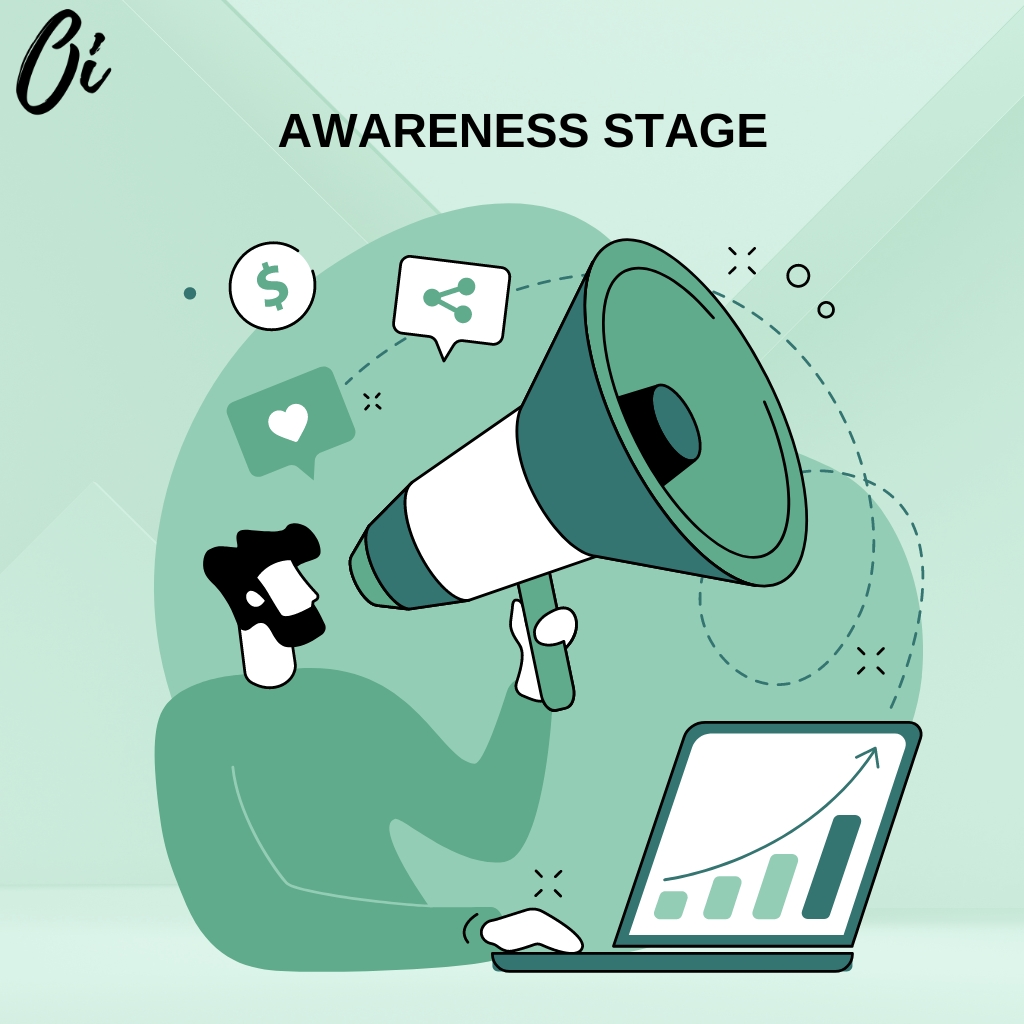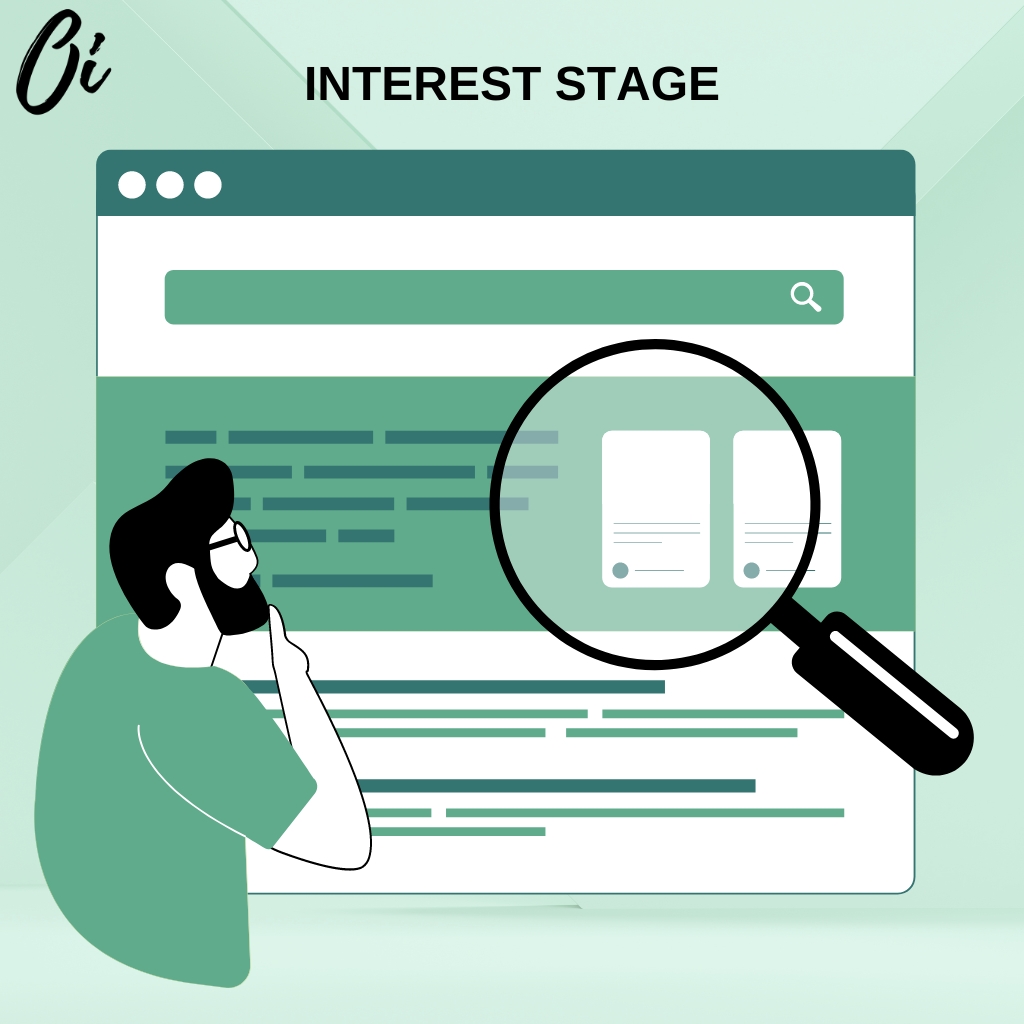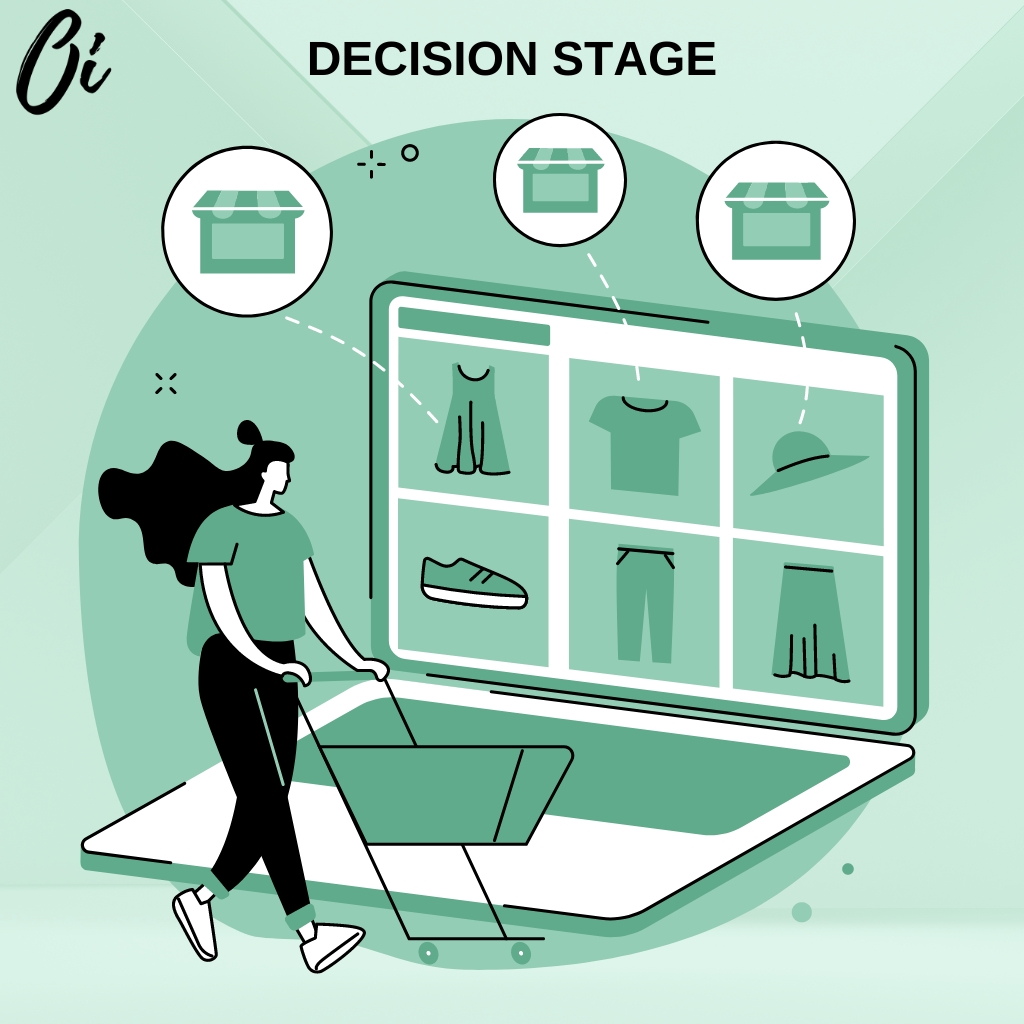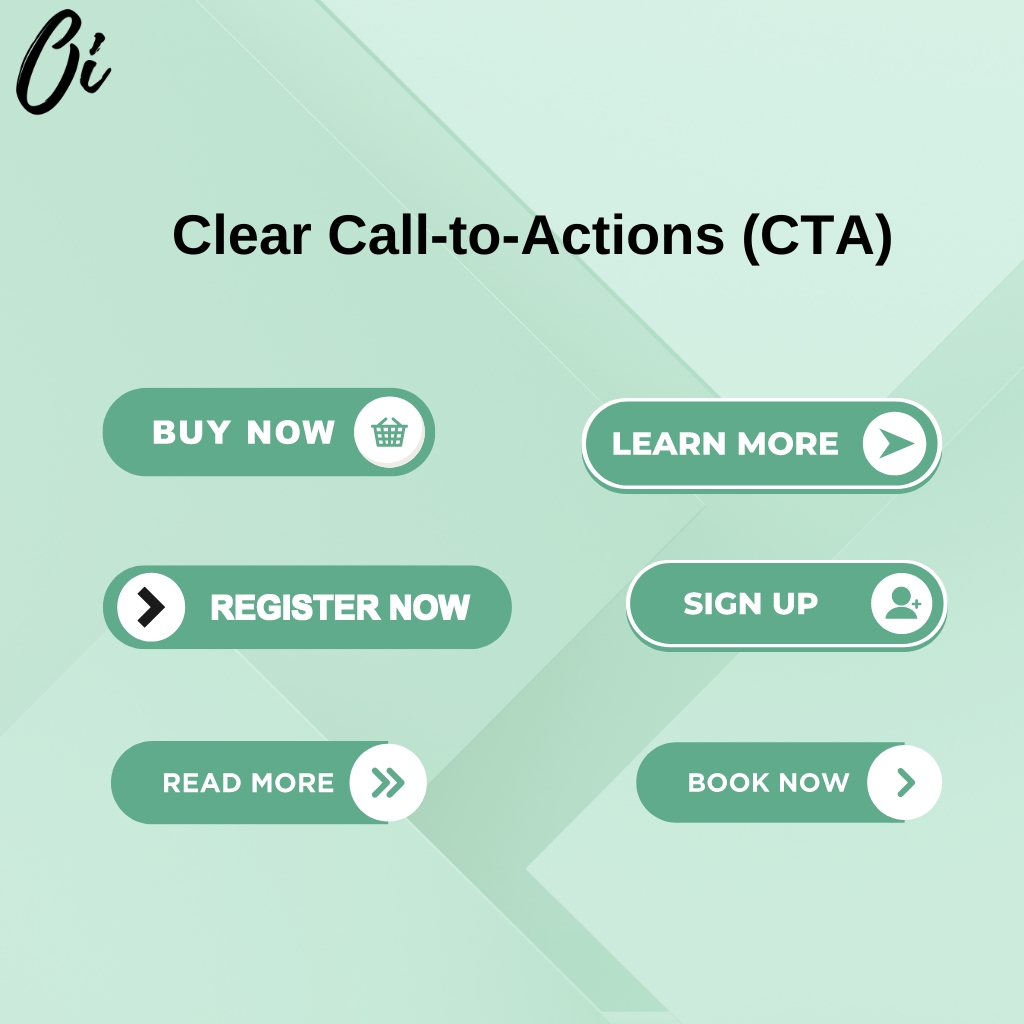What Is A Sales Funnel?
You’ve likely come across the term sales funnel often used in marketing.
Have you ever wondered what it means?
The sales funnel is a term often thrown around in business discussions, but its meaning can be murky. In simple terms, it’s a visual representation of the customer’s journey from initial awareness to making a purchase. This framework helps businesses understand how customers interact with them, from the first spark of awareness to the final action. By breaking down the sales process into clear stages, businesses can pinpoint where customers are losing interest and refine their marketing strategies to boost results. But what makes up a sales funnel, and how does it work?
Here’s an example.
What is a Sales Funnel?
A sales funnel is essentially a visual map of the journey our potential customers take, from first becoming aware of our product or service to making a purchase. It’s composed of several stages that help us understand their behavior and refine our sales process. By understanding this journey, we can better guide potential customers through each step and increase the chances of converting them into loyal customers.
Why Is the Sales Funnel Important?
The sales funnel allows us to pinpoint problem areas, refine our marketing efforts, and streamline our sales process. By understanding our customer’s perspective, we can address their needs more effectively and move them through the purchasing process. This, in turn, drives up conversions and revenue. Using a sales funnel helps us maximize our reach and turn prospects into customers who will return.

The Stages of the Sales Funnel
When prospects first hear of your business, products, or services, they will go through several decision-making stages until they can finally make a purchase. Granted, the process may not be the same for every customer. However, they will make their choice sooner or later based on their interest.
The sales funnel is made up of several key stages that customers go through before making a purchase. Understanding these stages is crucial for understanding how potential customers think, feel, and behave at each step of the buying process.
The sales funnel typically consists of four main stages. These stages help businesses identify where customers are in the buying process, what their needs are, and how to effectively engage with them.
Are you ready?

The Awareness Stage
People often find out about a product or service through targeted ads, social media, or content marketing. This is the awareness stage, where potential customers start to learn about a company’s offerings. The goal is to educate them about their problem and introduce the company as a solution provider. By making people aware of the offerings, they start to learn more about the company.
This sets the tone for the rest of the sales funnel. The aim is to generate interest and encourage prospects to move to the next stage. The number of leads who move down the sales funnel will depend on how effective and engaging your marketing efforts are.
Sometimes customers may go straight into buying a product. Most times, however, you will need to woo the customer at the awareness stage to encourage them through the following stages.

The Interest Stage
Roughly half of the prospects who move from awareness to interest will need multiple interactions with a brand before becoming qualified leads. This makes the interest stage a critical turning point in the sales funnel. At this stage, prospects evaluate a brand based on their interest level, often by researching products or services and comparing them to competitors.
To nurture these leads, valuable content such as case studies, whitepapers, or webinars is provided to educate and build trust. Identifying pain points and addressing specific needs and concerns is vital. Leads are qualified or disqualified based on their engagement and fit for a product or service. By doing so, sales funnel stages can be optimized and conversion rates increased.
Sometimes customers may go straight into buying a product. Most times, however, you will need to woo the customer at the awareness stage to encourage them through the following stages.
The Decision Stage
In the Decision stage, our leads weigh the pros and cons of our product or service, making a final call based on their needs, budget, and potential return on investment. We must address any concerns or objections they may have, providing relevant case studies, demos, or trials to facilitate their decision-making process. With a typical conversion rate of 10-20%, only a small percentage of leads will ultimately make a purchase. Our goal is to establish trust, provide value, and address any remaining pain points to close the deal. We do this by being prepared to respond to their questions and concerns, and by providing the information they need to make an informed decision.

The Action Stage
This is the ultimate goal of our sales funnel, where prospects make a purchase decision, resulting in a conversion. We facilitate this by providing a clear call-to-action, such as ‘Buy Now’ or ‘Sign Up,’ prompting them to take the desired action.
Three key aspects of the Action stage are conversion, measuring success, and optimizing results. Our prospect becomes a customer by making a purchase or signing up for our product or service. We track metrics like conversion rates, sales revenue, and customer acquisition costs to evaluate the effectiveness of our sales funnel. We continually refine our sales funnel to improve conversion rates and overall performance.

Final Word
Integrating Google Analytics with your sales funnels allows us to track every step of the customer journey. This helps us make informed decisions that increase conversions and revenue. With Google Analytics, we can analyze your sales process, pinpoint areas for improvement, and refine your approach.
Understanding and implementing a sales funnel is crucial for businesses looking to optimize their sales process and boost revenue. By breaking down the customer journey into distinct stages – awareness, interest, decision, and action – companies can tailor their approach to meet customers’ needs at each step. This strategic method allows businesses to:
- Identify and address potential bottlenecks in the sales process
- Create targeted content and marketing strategies for each stage of the funnel
- Nurture leads more effectively, increasing the likelihood of conversion
- Measure and analyze performance to continuously improve the sales process
Remember, a well-designed sales funnel is not a one-time setup but an ongoing process of refinement and optimization. By regularly analyzing data, gathering customer feedback, and adapting to market changes, businesses can create a robust sales funnel that drives growth and fosters long-term customer relationships.

